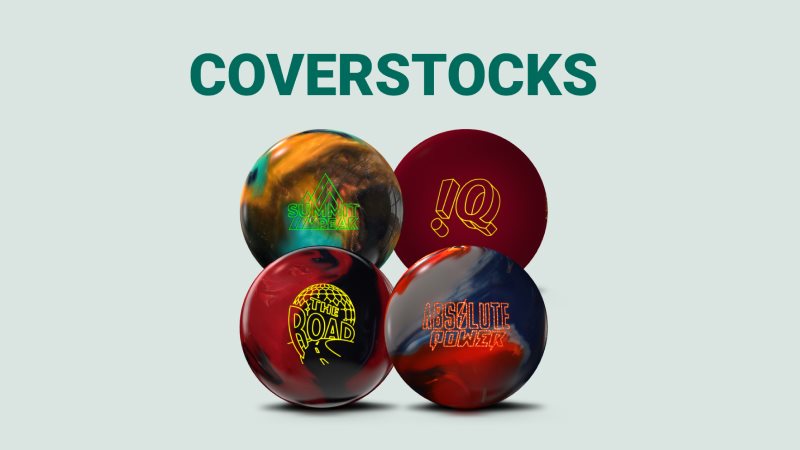Bowling balls are not created equal. Beyond the varying colors and designs lies a crucial component known as the coverstock. Coverstocks play a pivotal role in how a ball interacts with the lane surface, making them a critical consideration for bowlers aiming to maximize their performance. Among the plethora of coverstock options available, four main types stand out: Pearl, Hybrid, Solid, and Urethane. Let's delve into each of these coverstocks to understand their characteristics and how they affect the game.
1. Pearl Coverstock
Pearl coverstocks are known for their glossy appearance, resembling the luster of a pearl. These coverstocks feature a polished finish, which allows the ball to glide smoothly across the lane surface. The pearl surface creates less friction, resulting in a longer skid phase before the ball begins to hook. As a result, pearl coverstocks are ideal for bowlers who prefer a sharper backend reaction or when encountering dry lane conditions. Their enhanced length and angularity make them popular choices for bowlers seeking a strong down-lane motion.
2. Hybrid Coverstock
Hybrid coverstocks combine the characteristics of both pearl and solid coverstocks, offering a balanced performance on the lanes. They feature a combination of solid and pearl materials, typically with the solid material as the base and the pearl additive providing enhanced length and backend reaction. This blend results in a coverstock that offers versatility, providing traction in the mid-lane while still offering a strong backend motion. Hybrid coverstocks are favored by bowlers who need a ball that can adapt to a variety of lane conditions, making them a versatile option for different playing styles.
3. Solid Coverstock
Solid coverstocks are characterized by their matte finish, devoid of any glossy sheen (unless polished). These coverstocks provide maximum traction on the lane surface, generating significant friction for an early and strong hook motion. The lack of polish creates a higher friction coefficient, allowing the ball to grip the lane surface more aggressively, especially in heavy oil conditions. Solid coverstocks excel in providing a smooth and predictable arc, making them suitable for bowlers who prefer a controlled motion with a strong mid-lane read. They are particularly effective on fresh oil patterns where a consistent hook is crucial for performance.
4. Urethane Coverstock
Urethane coverstocks have been a staple in the bowling world since the 1980s, prized for their unmatched control and predictability. Unlike reactive resin coverstocks, urethane coverstocks displace oil rather than absorbing it. Urethane balls offer a consistent and controllable hook, making them a popular choice for spare shooting and playing on shorter oil patterns. While they may lack the angularity of reactive balls, urethane coverstocks excel in providing a more traditional and precise shot-making experience, favored by bowlers who prioritize accuracy over power.
In conclusion, the choice of coverstock significantly influences a bowling ball's performance on the lanes. Whether seeking length, versatility, traction, or control, bowlers can find the ideal coverstock to suit their playing style and lane conditions. Understanding the characteristics of pearl, hybrid, solid, and urethane coverstocks empowers bowlers to make informed decisions, unlocking their full potential on the bowling alley.





.jpeg)
